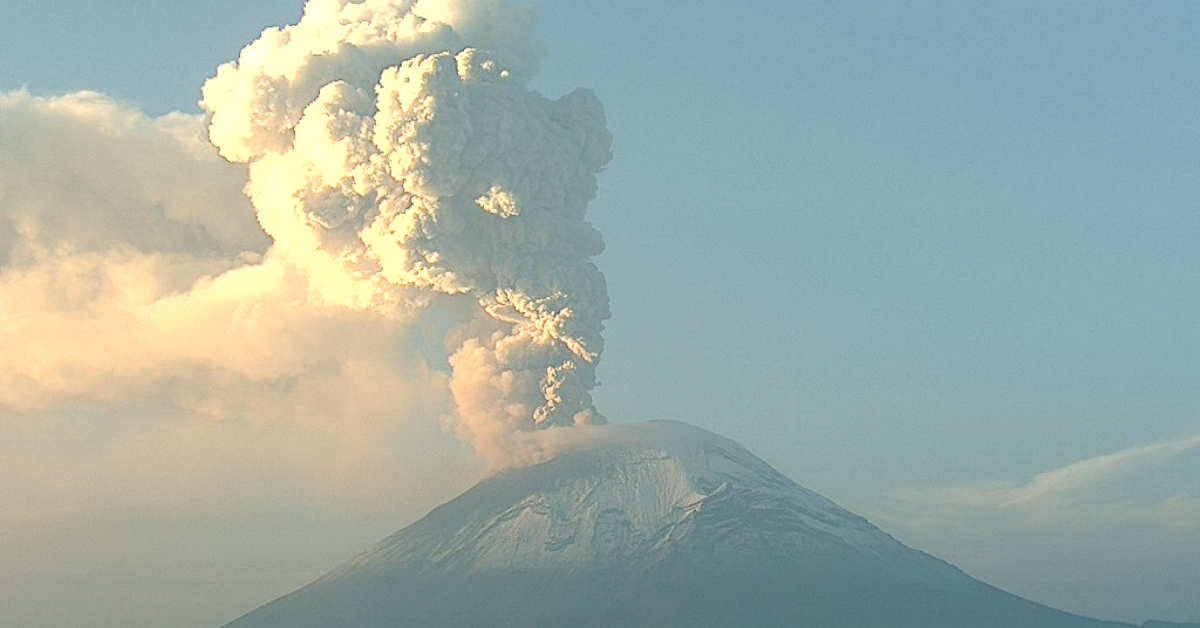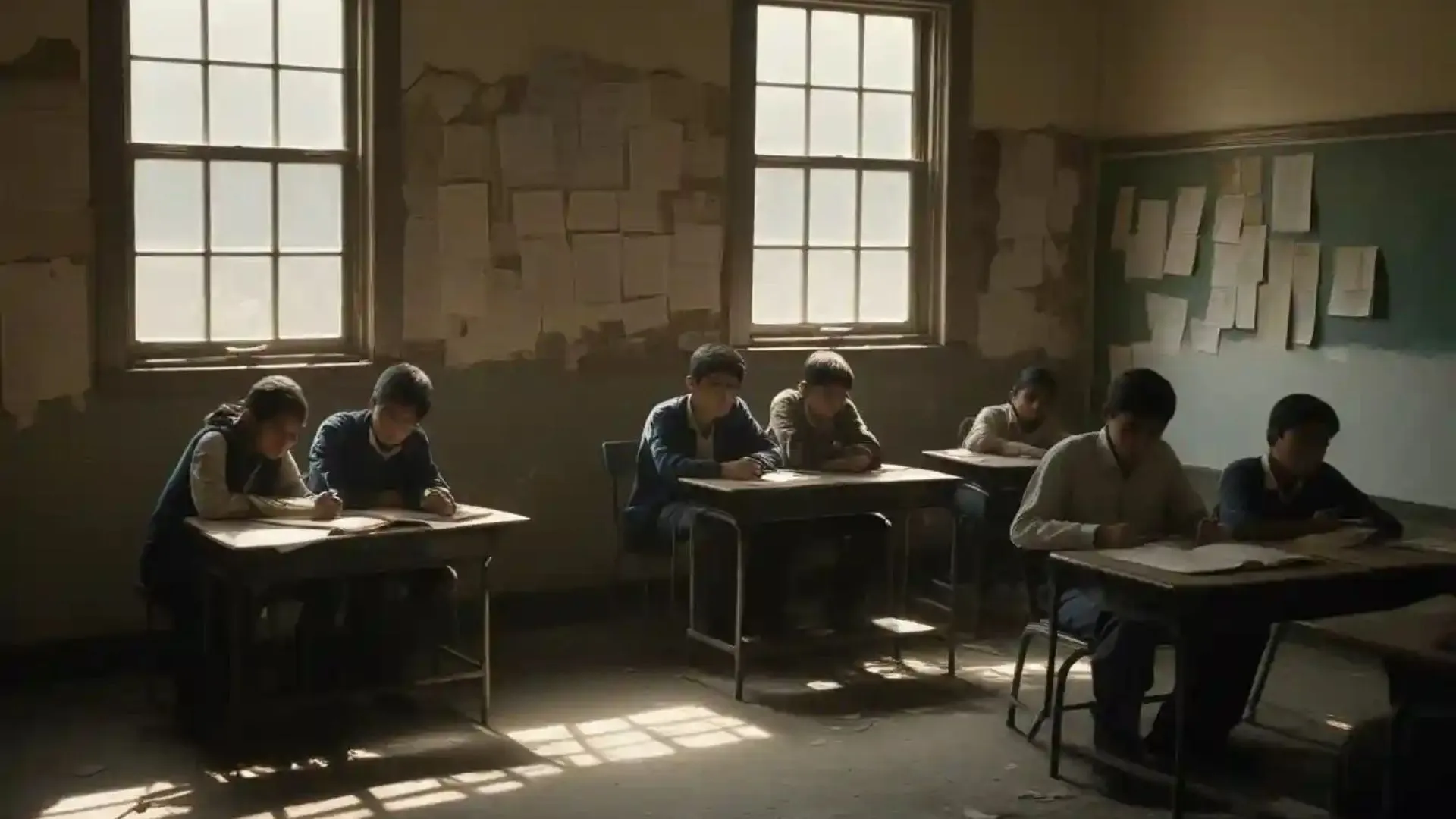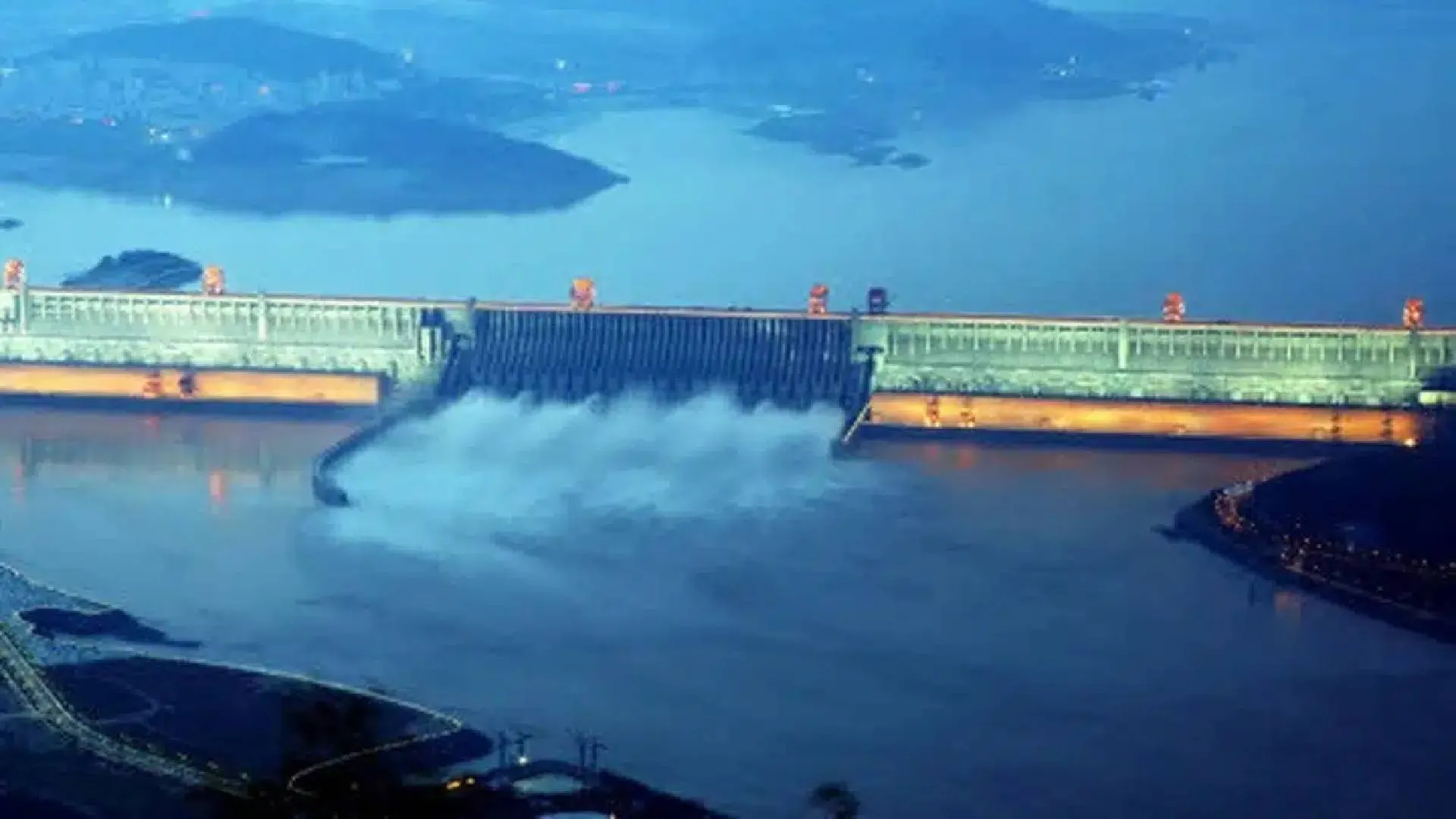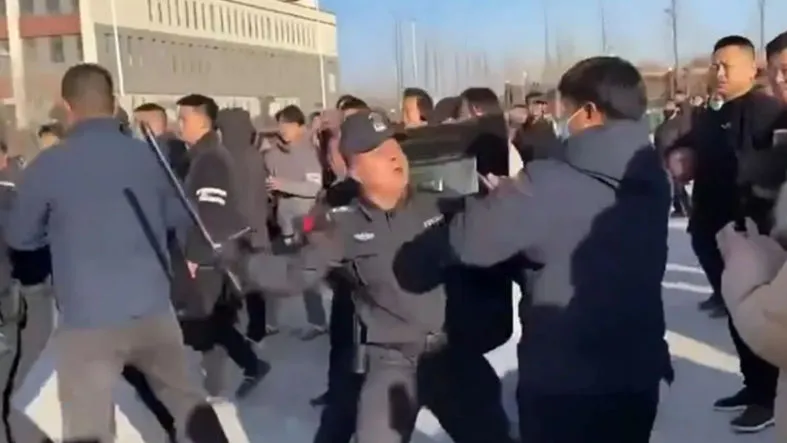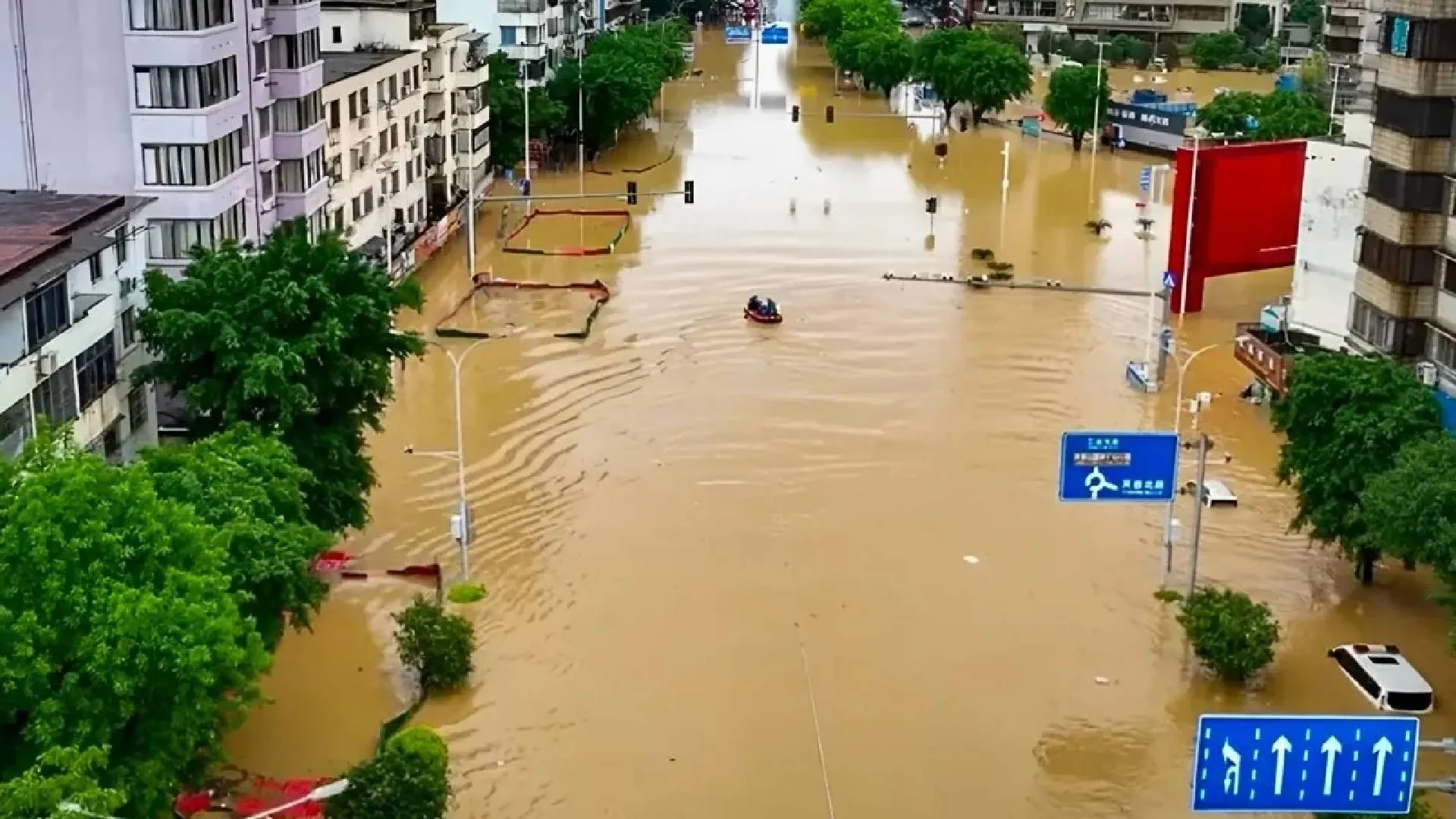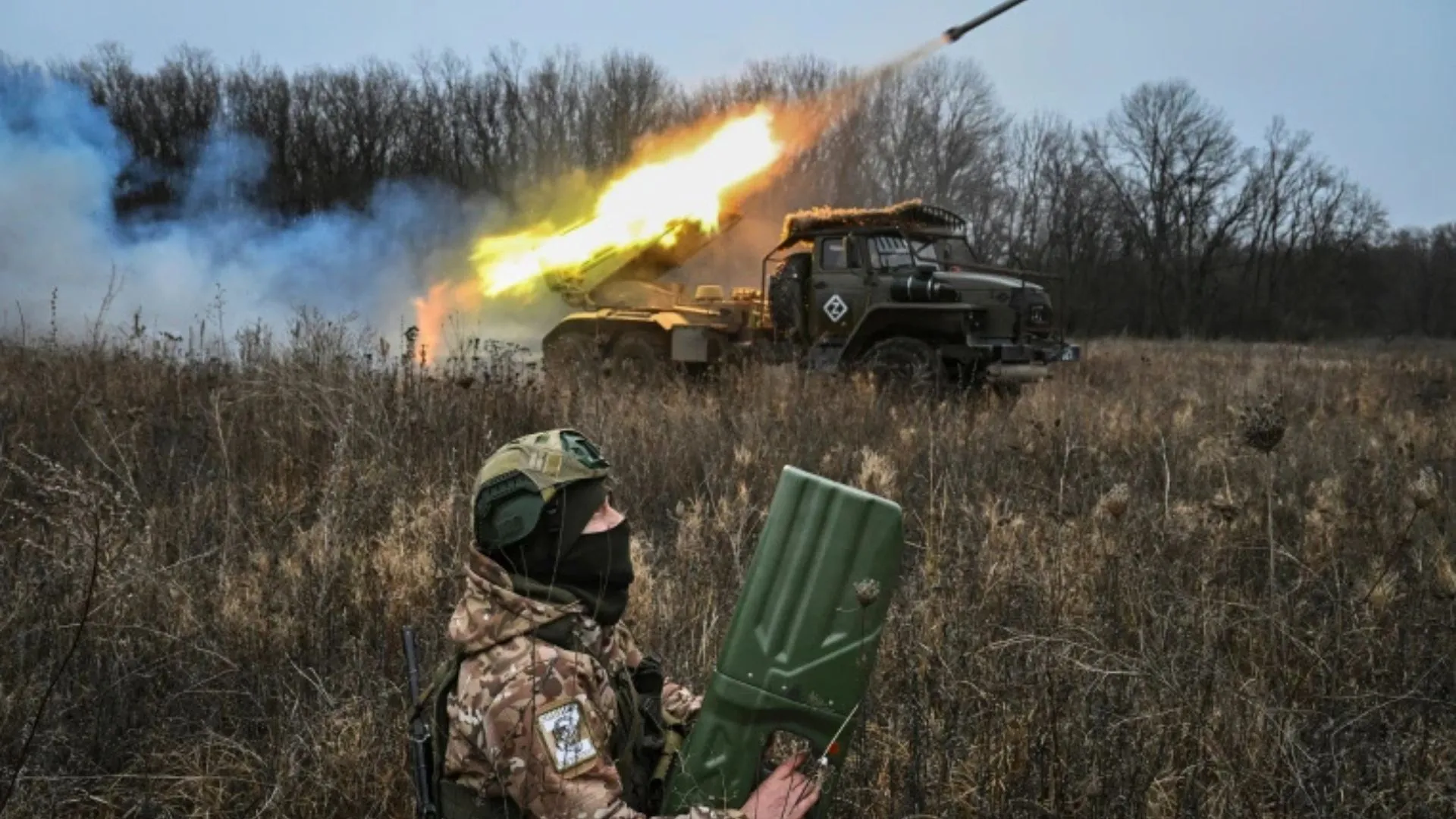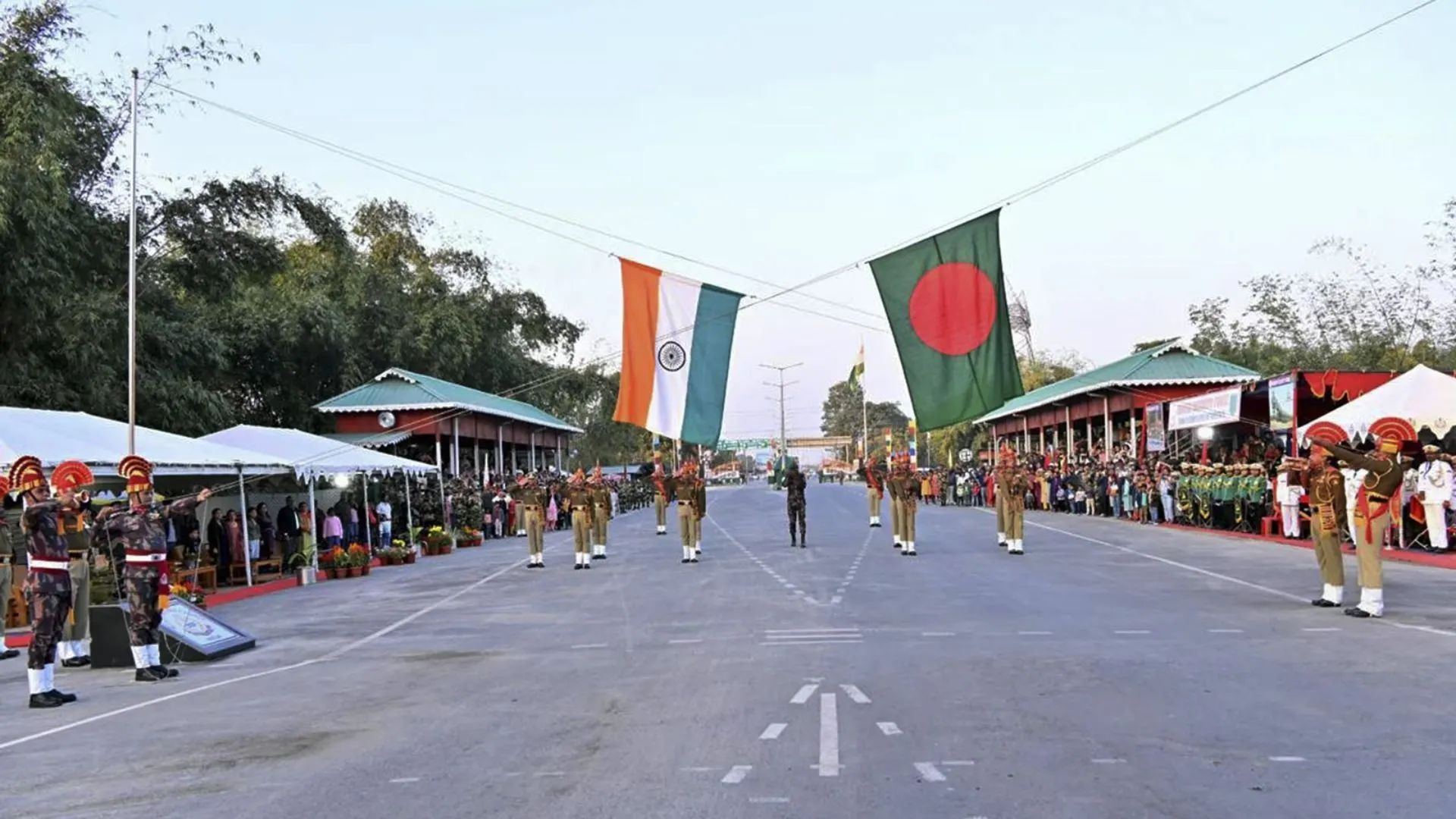Towering a few hours from one of the world’s largest cities, the Popocatepetl volcano has been coating nearby towns with ash and disrupting flights at Mexico City’s airport, the busiest in Latin America.
Hundreds of explosions have spit lava from the snow-tipped peak of the 17,797-foot Popocatepetl (puh-puh-ka-TEH-pet-tl). Approximately 25 million people live within 60 miles of the mountain. Volcanologists say that, while a massive eruption doesn’t appear imminent, eruptions are likely to continue, as they have for three decades.
WHAT IS HAPPENING WITH THE POPOCATEPETL VOLCANO?
Popocatepetl volcano in Mexico, which has had periods of intense activity in the past, has entered another active phase, spewing ash, gas, and lava. While authorities have increased the alert level to yellow, evacuations have not been ordered yet. Scientists at UNAM have been monitoring the volcano since 1994.
IS A MAJOR ERUPTION IMMINENT?
Scientists and Mexican authorities say there’s no sign that the current waves of small eruptions will turn into anything more destructive, said Servando de la Cruz Reyna, a senior geophysics researcher at the UNAM in Mexico City, adding that is there “nothing new or surprising” about recent movements.
“The probability that this continues as it has previously is far higher than the probability that this grows to much higher levels,” he said. Popocatepetl has been active for a half-million years. Its last major eruption happened more than a thousand years ago.
WHAT IS THE GOVERNMENT DOING?
Authorities have closed schools in dozens of municipalities across three states, put troops on alert, prepared shelters and carried out evacuation drills. Other than that, they are encouraging people to remain calm. On Monday, Mexican President Andrés Manuel López Obrador said in his morning briefing that “the movements of the volcano are being monitored 24 hours a day.”
WHAT IS LIKELY TO HAPPEN?
Recent activity of Popocatepetl volcano, including small explosions, is seen as a positive by volcanologist Robin Campion, as it releases pressure and reduces the likelihood of a larger eruption.

